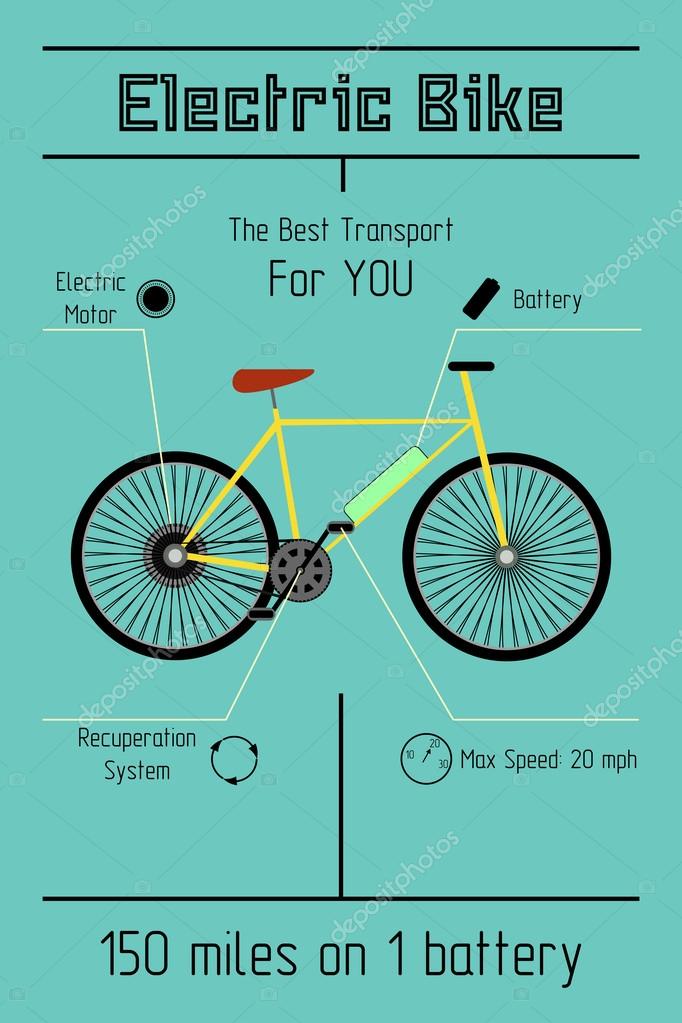Learn How To Ride Your E-Bike Securely And Legitimately By Understanding The Legislations In Your Location
Learn How To Ride Your E-Bike Securely And Legitimately By Understanding The Legislations In Your Location
Blog Article
Short Article By-Spivey Thompson
Prior to you get on your e-bike and hit the streets, it's essential to recognize the regulations and laws that govern your city. From speed limits to designated riding areas, there's a whole lot to take into consideration to guarantee you're certified and risk-free. By familiarizing yourself with the policies certain to e-bikes, you'll be much better equipped to enjoy your trips with no unforeseen legal problems. Stay tuned to find vital insights that will aid you navigate the e-bike landscape in your city perfectly.
Recognizing E-Bike Classification
When it concerns navigating the realm of e-bike laws and laws, a crucial beginning point is comprehending the category system that classifies these electrical bicycles. E-bikes are usually categorized into 3 main categories: Class 1, Course 2, and Course 3.
Course 1 e-bikes are pedal-assist only, meaning they give aid while the biker is pedaling and have a maximum speed of 20 miles per hour. These bikes are admitted locations where standard bikes are permitted.
Class 2 e-bikes are outfitted with a throttle that can drive the bike without pedaling. They likewise have a maximum speed of 20 mph and appropriate for bikers who may need help without pedaling continuously.
Course 3 e-bikes resemble Class 1 but with a higher maximum speed of 28 miles per hour. These bikes are often limited from specific bike paths or trails as a result of their higher rates.
Understanding these categories is important for following regional guidelines and making certain a secure and enjoyable e-biking experience.
Navigating Speed Limitations and Limitations
To efficiently navigate e-bike legislations and guidelines, it's essential to recognize the rate limits and limitations that apply to different courses of electrical bicycles.
Speed restrictions for e-bikes differ depending upon the category of the bike. Course 1 e-bikes, which are pedal-assist just and have a maximum speed of 20 mph, are typically permitted on bike lanes and paths.
Course 2 e-bikes, which have a throttle along with pedal-assist and also reach speeds of approximately 20 mph, may be restricted in certain locations where motorized vehicles aren't permitted.
https://www.mensjournal.com/gear/colorway-fat-tire-electric-bike-october-walmart-deals-2024 -bikes, with pedal-assist as much as 28 miles per hour, are normally called for to follow the exact same policies as conventional bicycles.
It's important to follow these speed limitations and limitations to guarantee your safety and the safety of others when driving. Before riding your e-bike, familiarize yourself with the details laws in your city to stay clear of any potential fines or lawful issues.
Where to Ride Your E-Bike
To identify where you can ride your e-bike, it's necessary to recognize the regulations and guidelines certain to your place. In https://keeganlhbuo.webdesign96.com/32750968/prepare-to-find-the-ten-essential-advantages-of-incorporating-an-electric-bike-into-your-everyday-commuting-practices , e-bikes are typically enabled on roads and streets where conventional bikes are allowed. This may include bike lanes, bike courses, and shared roads. Nonetheless, it's vital to inspect neighborhood legislations as some cities may have specific constraints on where e-bikes can be ridden.
When riding your e-bike, constantly focus on safety by following website traffic policies and valuing pedestrian sidewalks. In addition, be mindful of any designated bike lanes or courses in your area and use them whenever possible to make sure a smoother and more secure ride.
Some cities also have policies regarding e-bike use on sidewalks, so see to it to familiarize yourself with these policies to avoid any kind of penalties or penalties.
Final thought
Since you're familiar with the legislations and laws surrounding e-bikes in your city, you can with confidence hit the trail knowing where you can ride and what constraints relate to your e-bike classification. Keep in mind to always prioritize safety and security and follow the policies to make sure a smooth and legal ride. Pleased riding!
